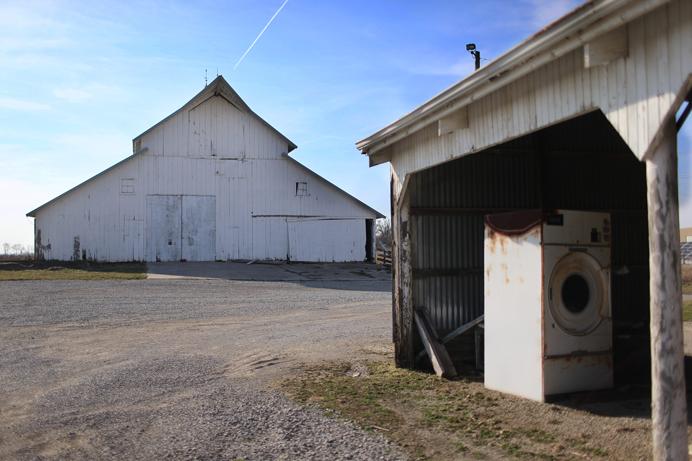By Madeleine Neal
madeleine-neal@uiowa.edu
In 19th-century Johnson County, there was a growing need to provide care for the poor and mentally ill. The solution was the Poor Farm and Asylum, which still exists today.
According to the Johnson County Historical Society’s website, the property, located in rural Johnson County, focused on crop and dairy production through the 1960s.
The farmers were both poor and mentally ill people.
As a staple of county history, Mike Carberry, vice chairman of the Johnson County Board of Supervisors, said he does not think residents know much about Poor Farm and Asylum and its history.
“[It’s] a hidden jewel,” he said. “[Many residents] don’t go out to visit or set up an appointment.”
Historically, Carberry said, almost all counties had poor farms. A lot of hard farm workers paid off their debt to society, he said.
“[It was] not an easy life,” he said. “A lot of people passed away at Poor Farm.”
Carberry said a lot of those people were then buried at the property’s cemetery in unmarked graves.
In addition to the cemetery, today the Poor Farm property also encompasses a number of original buildings.
The 20th century milking barn, a late-19th century hay/horse barn, five smaller buildings, and the “insane” wing, are still standing at the property.
The supervisors held their first public input session regarding renovations to the remaining buildings and land last month.
At the session, Supervisor Chairwoman Janelle Rettig said she wants buildings reserved and repaired for public use, and that she wants the farm’s history to be interpreted.
“A growing amount of people … want to have housing at the county farm,” she said, “[But] I hope we focus on orchards and vegetables and recreation and conservation practices more than development.”
Johnson County Recorder Kim Painter said she is happy with Poor Farm and Asylum’s preservation.
“I’m just grateful so much has been preserved of the old Poor Farm and Asylum,” she said. “It was a completely different era in our concept of care, and one we should not forget. Preserving and opening the site to the public will be a great step for Johnson County.”



